Does Cannabis Help to Heal Bone Fractures?
- by David Anthony Schroeder

Bone is a dense tissue having unique properties, such as high strength and the ability to regenerate when performing multiple functions. For both physiological (bone turnover) and pathological (e.g., fractures) cases, bone regeneration occurs by osteoblast and osteoclast.
Over the past decade, the impact of cannabinoids cannabidiol (CBD) on bone healing and growth has been studied by scientists. Scientists are finding that CBD will speed up and enhance the healing process of broken bones.
In most countries, the medicinal use of cannabis in the 1930s and 1940s was banned because of the so-called risks of dependency. Cannabis has only been recently investigated for significant medical effects to relieve symptoms of illnesses such as Parkinson's, cancer, and multiple sclerosis.
The cannabinoid cannabidiol (CBD) compound, which seems to be a non-hallucinogenic chemical in cannabis plants, can heal bone fractures, research reveals. The study was conducted in rats and rodents, but in the past, they have been useful for human bone therapy, said Yankel Gabet, a bone researcher at the Sackler Faculty of medicine at Tel Aviv University.
Dr. Gabet said that he and his team were specifically interested in checking the impact of cannabis on a bone fracture treatment because CBD use and broken bones are both quite common. "Most patients with bone fractures probably eat cannabis that may have beneficial or harmful health effects on the bone healing process." "Only CBD improved the bones during the treatment by increasing the ripening of the collagenous matrix as a basis for new mineralization of the bone tissue," Dr. Gabet said.
Previously researchers have discovered cannabinoid receptors can promote bone formation. In the new study, the scientists injected either CBD alone or a mixture of CBD and THC (tetrahydrocannabinol, the hallucinogenic component in cannabis) into rats that had broken thighbones.
The scientists found that CBD improved bone healing by strengthening the "bridge" cartilage that arises when a bone is on the mend. The bridge is called the callus of the fracture; it is composed of collagen, which then gradually mineralizes and becomes a new bone.
This collagen tissue became stronger in rats treated with CBD, and the collagen molecules more strongly interrelated with each other than rats not treated with cannabis. Researchers wrote in the Journal of Bone and Mineral Research that the cured bone in rats treated with CBD is less likely to break in the future compared to the healed bone in untreated rats. The processed bone is stronger, almost 35% to 50%.
Dr. Deborah Kado, a bone health specialist at the UC San Diego School of Medicine, who is also on the scientific board of Kalytera Therapeutics, a company that examines the therapeutic use of cannabinoids, said the CBD compound has the potential to treat osteoporosis
Osteoporosis, a disease of bones that are weak or brittle, sometimes occurs with age. Fifty-four million Americans have osteoporosis or reduced bone density, according to the National Osteoporosis Foundation, and the disorder causes around 2 million bone fractures each year.
Based on animal experiments and perhaps some limited human findings, cannabinoids appear to increase the efficacy and dose of opioid painkillers. Dr. Abrams indicated that you might use a CBD-rich strain for pain relief if you break a bone and live in a state which has legal access to medical cannabis.
The research was reported in the February 2009 issue of International Immunopharmacology examined the effects of 5 milligrams of cannabidiol on an experimental rat model of periodontitis. After 30 days, a morphometric study of alveolar bone loss revealed that CBD treated animals displayed lower alveolar bone loss, and the activator kB-ligand RANKL / RANK was less verbal. Gingival tissue showed reduced migration of neutrophils related to the development of lower interleukin and tumor factor necrosis.
The latest study was presented in August 2017 in the European Review. In an experimental rat model with spinal injury, researchers examined the physiological and therapeutic benefits of CBD on the sub-lesional bone loss. CBD increased bone volume, increased trabecular thickness, reduced trabecular number, and reduced trabecular separation in the proximal tibia.
The compressive load, stiffness, and energy also expanded to the maximum level of the femoral diaphysis. The authors conclude that the administration of CBD decreases the extent of cancellous-bone loss caused by spinal cord injury.
Research over the years demonstrates how effective cannabinoid therapy can assist in the treatment of bone fragments through increased trabecular bone volume and thickness and the development of unabsorbed cartilage. It was also shown that CBD improves the strength of healed femur bone and can be of therapeutic effect for spinal injuries as a consequence of decreased bone mineral loss.
Dr. Gabet said that "We find that CBD alone is strong enough to heal bone fractures," “Certain studies have shown that CBD is a safe and stable agent that makes us believe in clinical trials. We should follow this approach to evaluate its value for improving the healing of human bone fractures."
References
- Apostu, D., Lucaciu, O., Mester, A., Benea, H., Oltean-Dan, D., Onisor, F.& Bran, S. (2019). Cannabinoids and bone regeneration. Drug metabolism reviews, 51(1), 65-75.
- Kogan, N. M., Melamed, E., Wasserman, E., Raphael, B., Breuer, A., Stok, K. S., & Friedlander‐Barenboim, S. (2015). Cannabidiol, a major non‐psychotropic cannabis constituent enhances fracture healing and stimulates lysyl hydroxylase activity in osteoblasts. Journal of Bone and Mineral Research, 30(10), 1905-1913.
- Mohiuddin, O. A., Campbell, B., Poche, J. N., Ma, M., Rogers, E., Gaupp, D.,& Gimble, J. M. (2019). Decellularized adipose tissue hydrogel promotes bone regeneration in a critical-sized mouse femoral defect model. Frontiers in bioengineering and biotechnology, 7, 211.
- Singh, V. (2017). Medicinal plants and bone healing. National Journal of maxillofacial surgery, 8(1), 4.
Comments
- No comments found
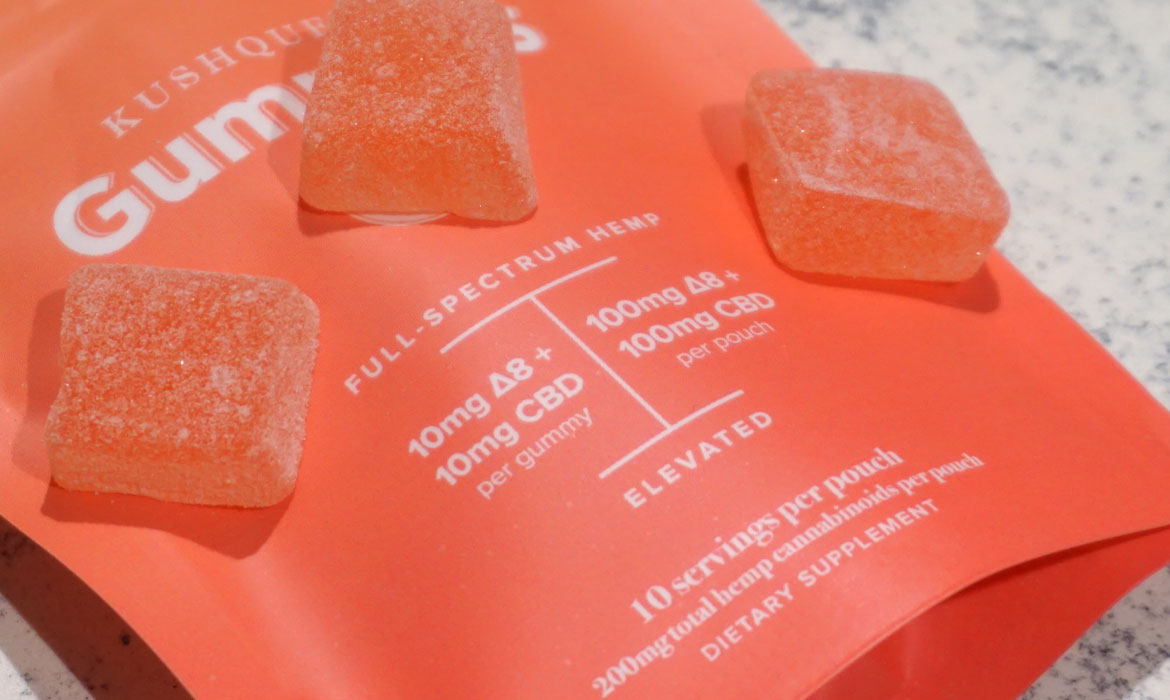
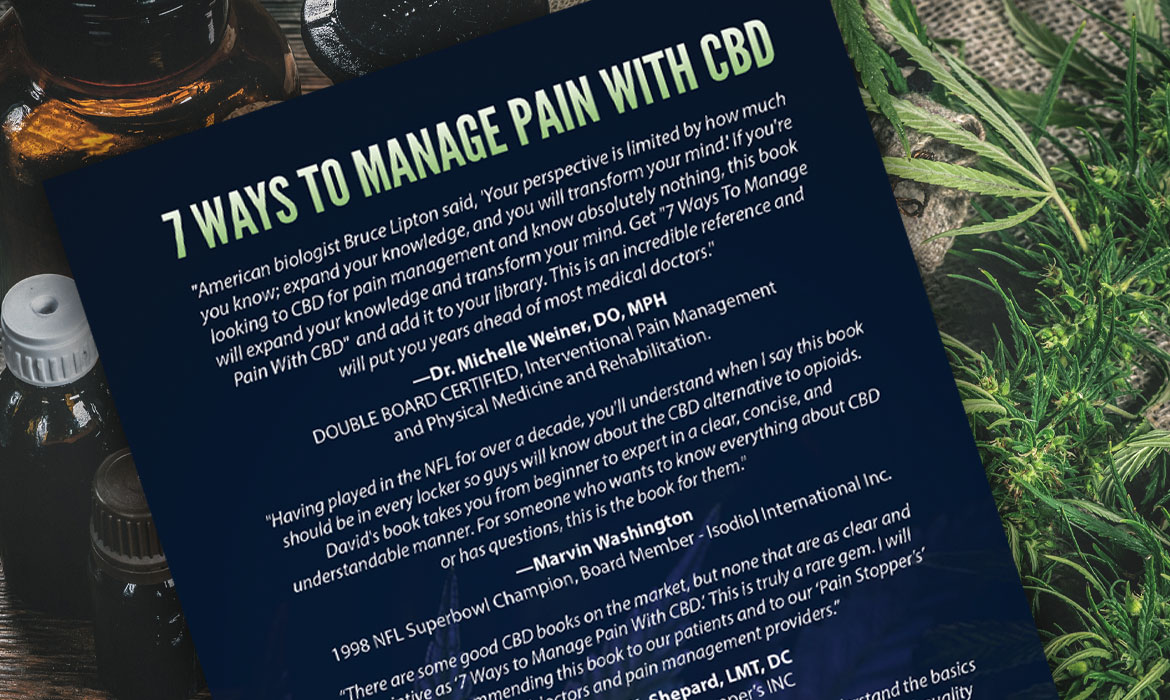
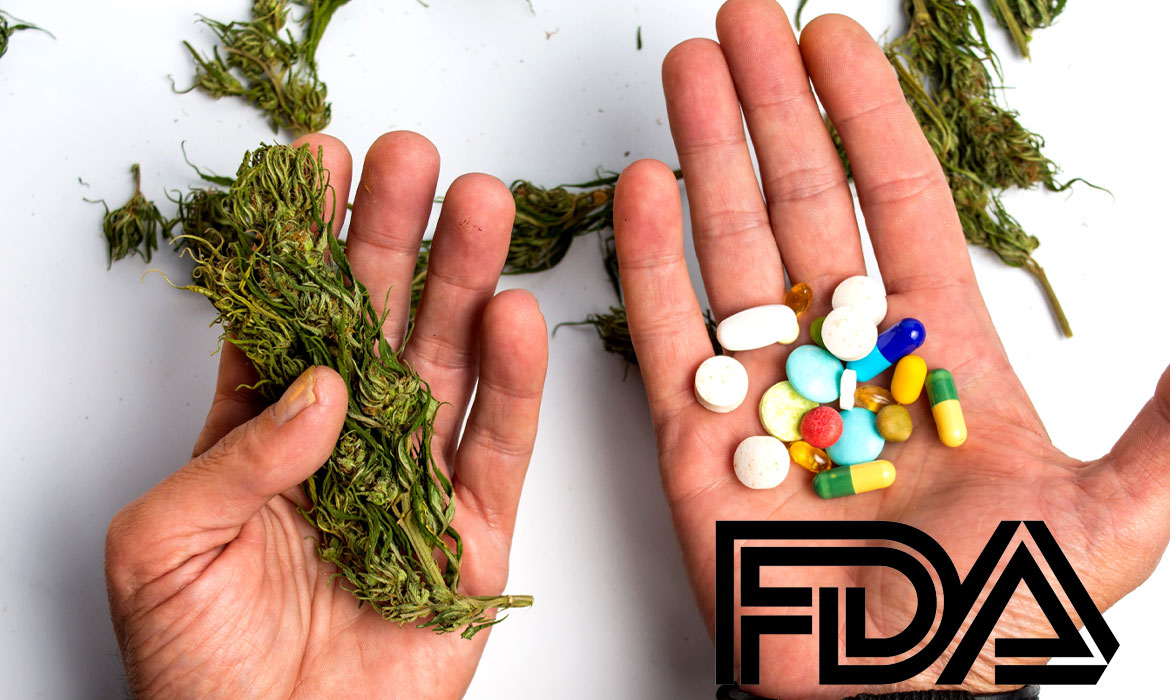
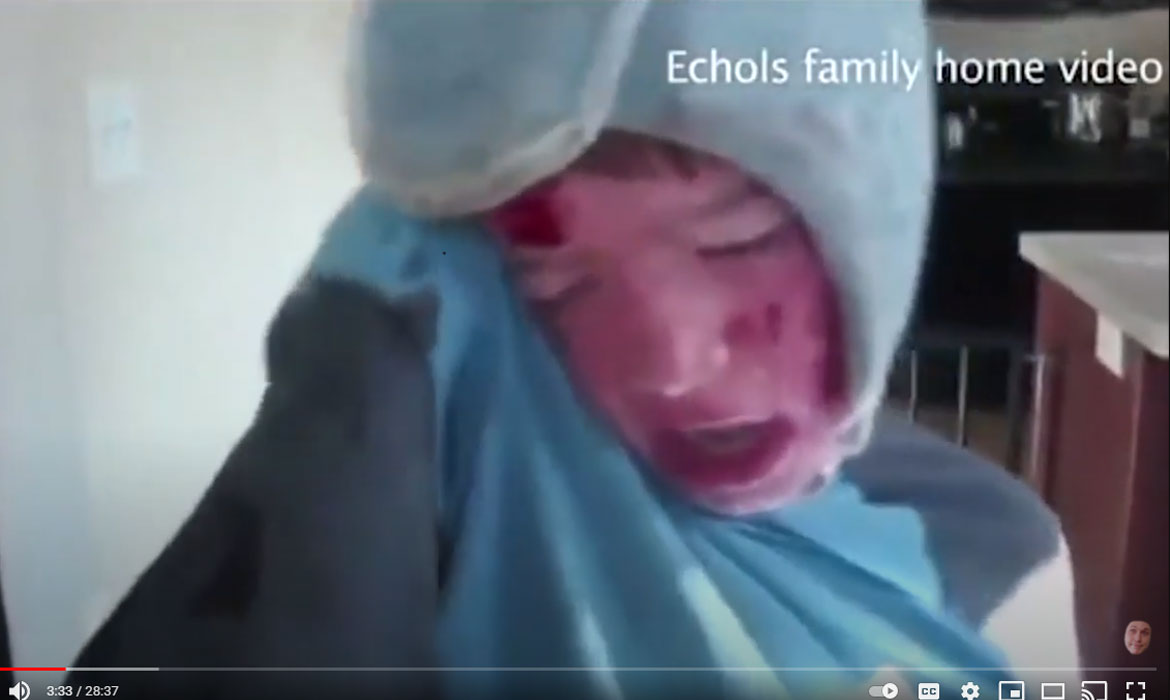
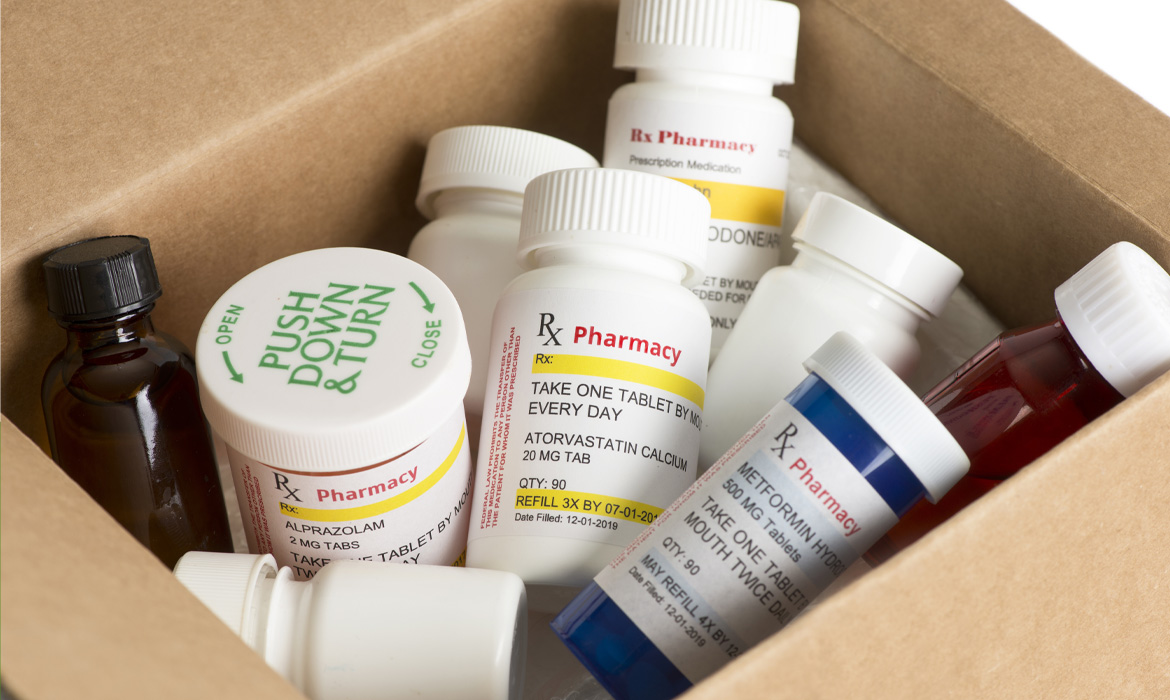
Leave your comments